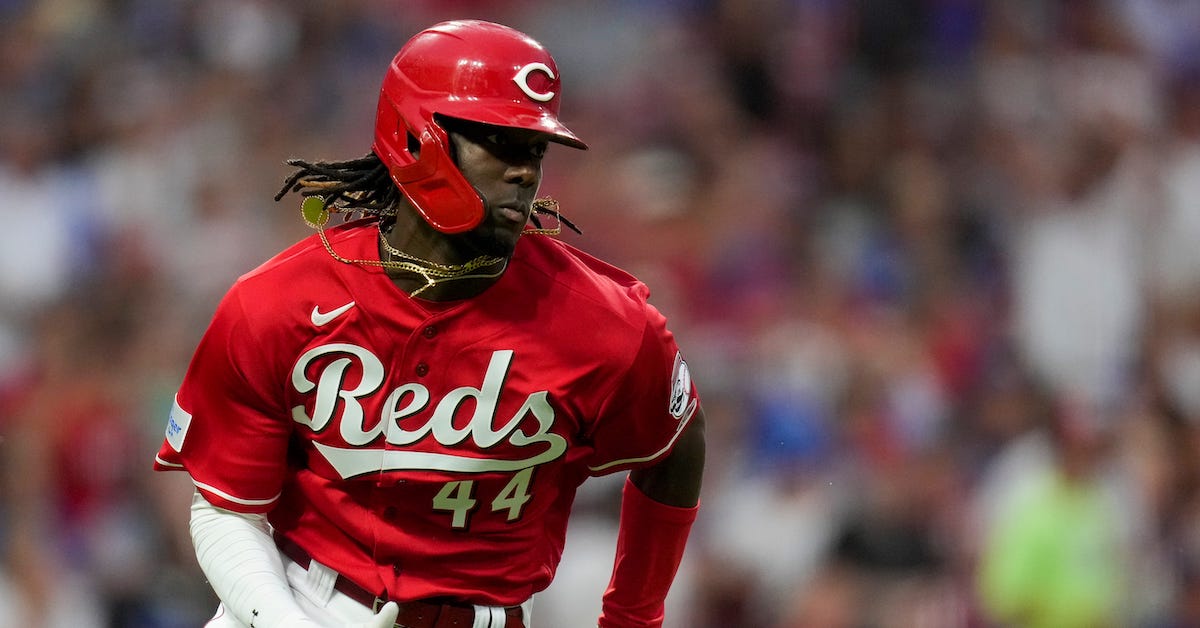Elly De La Cruz Impresses in Cincinnati Debut

The prospect ranks are as high as an elephant’s eye at Castellini Farms. The Reds may have entered this rebuilding cycle with all the grace of an angry cat trying to get a cereal box off its head (as opposed to the awkward toe-dipping of the last go-around), but through trades and their own scouting, they’ve accumulated an impressive amount of talent in the minors. By our in-progress farm system rankings, only the Baltimore Orioles place higher for the 2023 season. Mean ol’ Grandpa ZiPS agrees; the Reds had seven prospects on the preseason ZiPS Top 100, a total that trailed only the Guardians and the O’s. Baltimore and Cincinnati combined seem to have about 80% of the shortstop prospects in baseball.
Whether you go by human or machine, no Red ranked more highly this winter than Elly De La Cruz, who was no. 6 (60 FV) on the prospect team’s Top 100 and no. 15 on the ZiPS list. After an impressive 2021 full-season debut, De La Cruz cranked things up a notch in 2022, hitting 28 homers and slugging .586 combined across High- and Double-A despite only being 20 years old. Questions still remain about his long-term defensive position, but his bat has proved to be even more potent for Triple-A Louisville, as he hit 12 home runs in a mere 38 games and is already two-thirds of the way to last year’s walk total. He’s responsible for the International League’s ERA going up by nearly half a run a game from 2022! OK, I made that last bit up, but you had to actually think about it for a full second before you smelled burning khaki. Read the rest of this entry »








